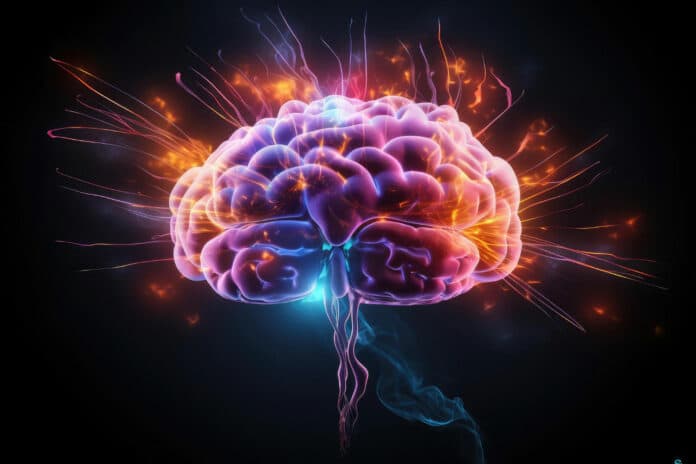A drug’s potential for addiction increases with how quickly it enters the brain, although the brain circuits that underlie the rate of dependency on drug reward are yet unclear. We don’t exactly know why, though. Scientists now have some insights thanks to one of the newest and most advanced imaging methods.
Scientists at the National Institute on Drug Abuse (NIDA) and the National Institute on Alcohol Abuse and Alcoholism (NIAAA), parts of the National Institutes of Health at the NIH Clinical Center, conducted a double-blind, randomized, counterbalanced clinical trial using simultaneous PET/fMRI imaging to understand how the route of drug administration impacts the brain’s response to the drug.
They found that a group of brain regions known as the “salience network” is activated after a drug is taken intravenously but not when that same drug is taken orally.
The trial included twenty healthy adults. Participants received either a tiny amount of methylphenidate, also known as Ritalin, orally or intravenously throughout three sessions. Methylphenidate is a model drug that can be used safely in research to examine the connection between the subjective perception of drug reward and the effects of drugs on the brain.
The study examined how dopamine levels and brain activity changed when participants were given a study drug or a placebo. PET imaging showed that when participants took the drug orally, dopamine levels peaked after over an hour. In contrast, an intravenous injection of the drug led to a much faster peak in dopamine levels within 5 to 10 minutes of administration.
Using fMRI, the researchers saw that following oral and intravenous delivery of the study medicine, activity in one specific area of the brain—the ventromedial prefrontal cortex—was reduced.
Nevertheless, only after getting the injection of methylphenidate did the dorsal anterior cingulate cortex and the insula, which are components of the brain’s salience network, become active. After methylphenidate was taken orally, the less addictive way, these same brain regions were not activated. This result was held for each of the twenty research subjects.
Scientists noted, “This research adds to a growing body of evidence documenting the important role that the salience network appears to play in substance use and addiction. For instance, studies have shown that people who experience damage to the insula, part of the brain’s salience network, can have a complete remission of their addiction.”
In a research study, patients were asked to report how they felt after taking medicine, both orally and through an IV. The researchers also used brain imaging to see what was happening in the brain when patients reported feeling high. They found that when a specific part of the brain (called the salience network) was more active, patients reported feeling high. When this network was less enthusiastic, patients reported feeling less high. The researchers think this network is essential not only for how drugs work in the body but also for how they make people think.
Scientists noted, “A key next step for this research will be to study whether inhibiting the salience network when someone takes a drug effectively blocks the feeling of being high, which could further support the salience network as an appropriate target to treat substance use disorders.”
Peter Manza, Ph.D., a research fellow at NIAAA and lead author, said, “I’ve been doing imaging research for over a decade now, and I have never seen such consistent and clear fMRI results across all participants in one of our studies. These results add to the evidence that the brain’s salience network is a target worthy of investigation for potential new therapies for addiction.”
Journal Reference:
- Manza, P., Tomasi, D., Shokri-Kojori, E. et al. Neural circuit selective for fast but not slow dopamine increases in drug reward. Nat Commun 14, 6408 (2023). DOI: 10.1038/s41467-023-41972-6
